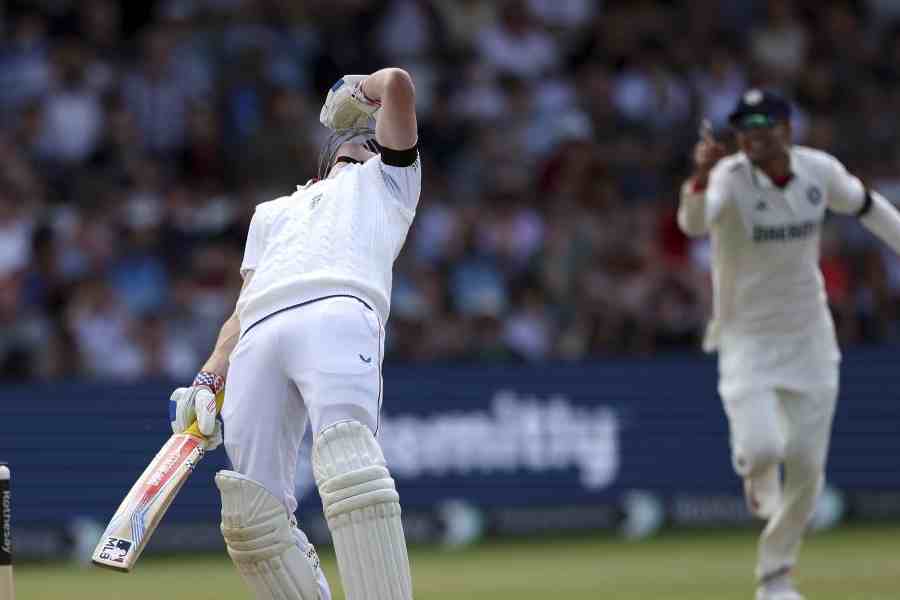 |
| A male red-crested pochard. |
Calcutta, Dec. 3: The army of people who beat government apathy and cleaned up the bird haven in Santragachhi got their “biggest reward” when one red-crested pochard swam on its glistening waters.
Bird watchers could not recall the last time the trans-Himalayan bird, which flies all the way from north Europe to escape freezing temperatures, was seen in the lake. One male bird was basking in the sun off the rail tracks, about 20km from Calcutta, today.
“It is a reward for all those who worked hard to clean the lake. I don’t remember the last time a red-crested pochard was seen in Santragachhi,” said Sumit Sen, moderator of Bengal Birds.
The red-crested pochards breed in north Europe, Russia and east and west Siberia. They migrate to the Mediterranean region, Myanmar, China and the subcontinent during winter.
The pochard, which is a large breed of the duck family, feeds on stems, leaves, roots, seeds and buds of aquatic plants, especially Potamogeton and Ceratophyllum. They prefer large waterbodies where the water is deep and fresh.
The route these birds take to reach here is called the East Asian-Autralasian flyway. “They cross the Himalayas, Nepal and then enter India. During their journey, they stop at various places, known as restaurants, where they eat enough food and grow fat to sustain them for the rest of the journey,” said Raja Chatterjee, secretary of The Junglees, a conservation NGO.
The male pochard can be easily spotted because of its deep red beak and crest. “They swim for long periods. No other duck has such a red beak,” Sen said.
Prosenjit Dawn, a bird watcher who lives near Santragachhi lake, first spotted the bird on Thursday. “I couldn’t believe my eyes. I took photographs and matched them with pictures of the red-crested pochard at home,” Dawn said. The bird has been seen for three consecutive days since Thursday, sometimes swimming in the lake. It is yet to be ascertained if it’s the same bird.
Santragachhi Jheel, bird watchers feel, is not big enough for red-crested pochards. “That’s why they usually don’t come here. They can be seen mostly in Purbasthali lake in Burdwan,” Sen said. Around 60 red-crested pochards were spotted in Purbasthali last year. “The water in Santragachhi Jheel also is not fresh like Purbasthali,” he added.
The population and variety of birds at Santragachhi reach their peak between mid- December and mid-January.










